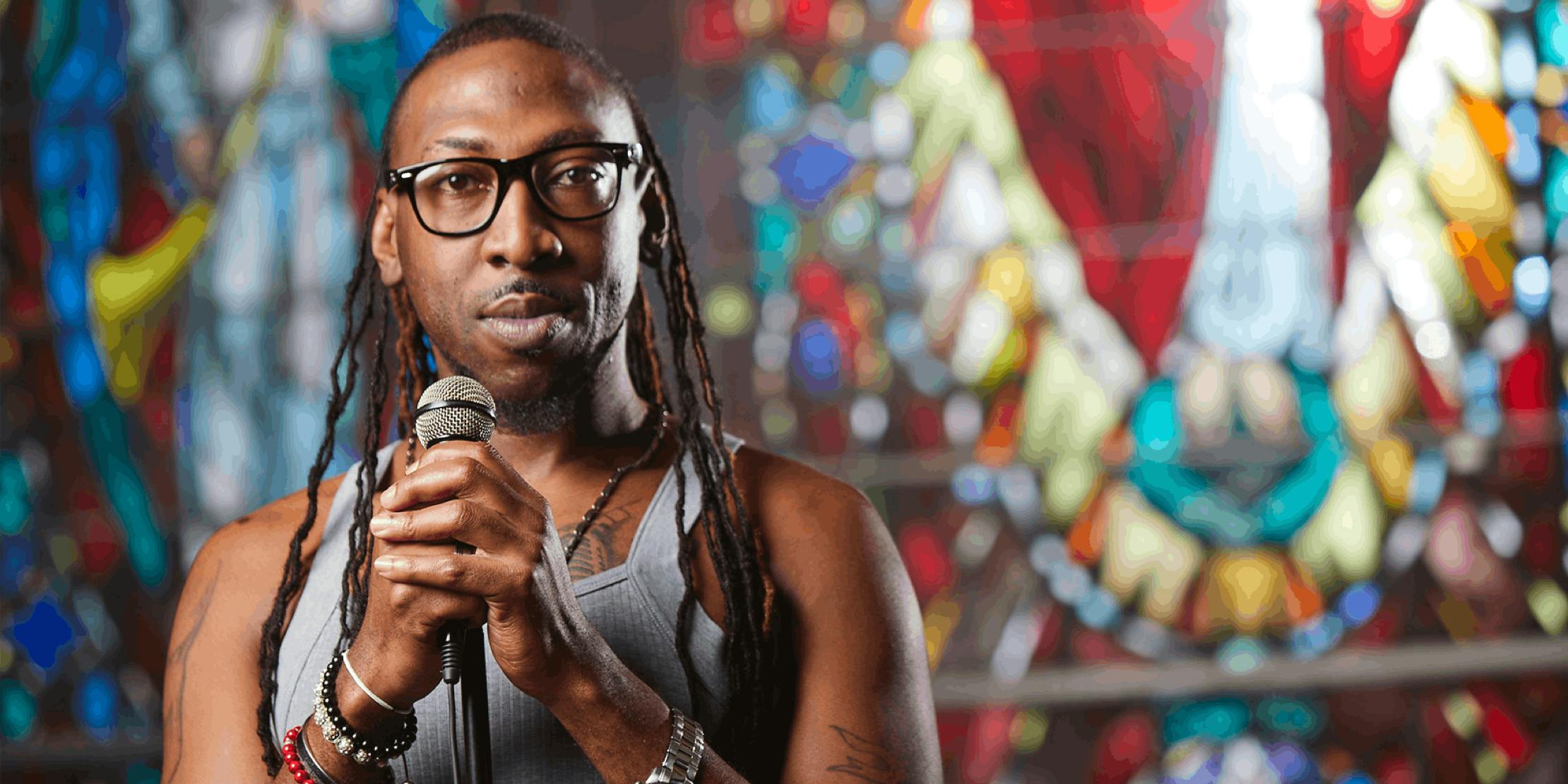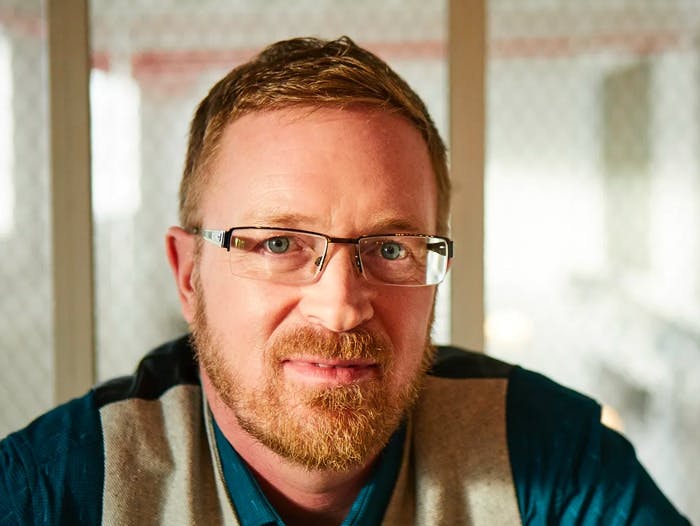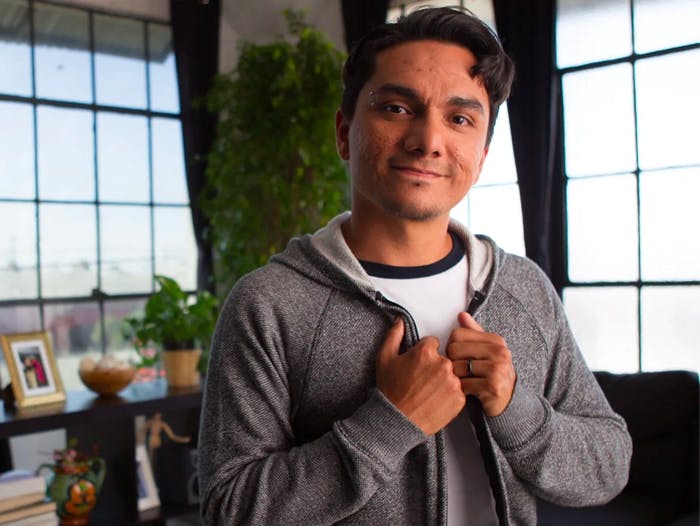EXPLORING THE WORLD OF STRUCTURAL HIV STIGMA: HOW CAN LAWS AND POLICIES REINFORCE HIV STIGMA?


While it may now be commonly accepted that a lack of respect for human rights can accelerate the HIV epidemic, this isn’t always reflected in the policies and institutions that shape the lives of people living with HIV.
Under international human rights laws and treaties, every person has a right to healthcare and to access HIV treatment and other healthcare services. However, many people affected by HIV face infringements to these rights that can create barriers against life-saving services and achieving a good quality of life.
Through the Positive Perspectives research, we sought to understand the world of structural stigma; exposing its impact on people living with HIV and considering what more needs to be done in order to overcome it.
What do we mean by ‘structural HIV stigma’?
Structural stigma refers to any form of law or policy that results in the creation or reinforcement of HIV stigma. Structural stigma can exist at a global, national, state or regional level and includes any law or policy – including legislative frameworks and governmental policy.
A short history of the fight against structural stigma
At the 2016 UN High-Level Meeting on Ending AIDS, member states adopted the ‘Political Declaration on HIV and AIDS: On the Fast Track to Accelerating the Fight Against HIV and to Ending the AIDS Epidemic by 2030’.
Countries signing this declaration pledged to ‘intensify efforts toward the goal of comprehensive prevention, treatment, care and support programs that will help to significantly reduce new infections, increase life expectancy and quality of life, and promote, protect and fulfill all human rights and the dignity of all people living with, at risk of and affected by, HIV and AIDS, and their families’.
“…We all have a responsibility to do what we can to remove stigma and discrimination around HIV…. challenging any negative attitudes or assumptions towards those living with this condition.”
Despite this declaration and other progress at a supra-national level, it takes time for attitudinal and legislative changes to percolate through to changes in laws and policies. Today, there remain infringements to the human rights of people living with HIV, which can lead to barriers against accessing life-saving services and achieving a good quality of life.
Human rights infringements can include: laws that criminalize people living with HIV based on their HIV status (e.g., for non-disclosure of status); criminalization based on sexual orientation, gender identity or profession; discrimination in the workplace; gender inequality exacerbated by HIV; and lack of access to healthcare services, among others.
“I was sentenced for HIV non-disclosure.”
Key findings from Positive Perspectives
Our Positive Perspectives research, through insights from respondents, highlighted some of the issues that remain with legislative frameworks, for example:
"The stigma and criminal law around HIV has not changed much at all since the beginning. That’s 30 plus years and stigma and criminal law [is] still the same, especially in rural areas.”
Even in countries where there are strong anti-discrimination laws, we cannot assume that laws will be enforced or that good practices and equality follow.
What can be done to bring about change?
A human rights-based response is now widely recommended to address HIV stigma and discrimination in the public policy and legislative domains, which includes human rights laws and treaties, political declarations and human rights principles in HIV programming.
- Zero discrimination in legislative frameworks. Existing legislation that contravenes human rights and/or discriminates against vulnerable groups should be repealed. Furthermore, enforcement of existing legislation, including prosecuting physical and verbal abuse based on actual or perceived HIV status, is critical.
- Independent committees to ensure zero discrimination. Where they don’t already exist, we call for establishing independent committees – with representation from people living with HIV – to scrutinize governments and their representative bodies, including healthcare systems, to ensure no inherent prejudice or discrimination is influencing funding and/or policy decisions. A defined complaints procedure for cases to be referred, should be in place.
Our work toward combating structural stigma
Through the Positive Action program, funding is being provided to community-based organizations for “know your rights” campaigns and advocacy in addressing human-rights related barriers.
RELATED TOPICS
Much has been done to reduce discrimination at an organizational level through anti-discrimination laws, but these efforts vary across countries. More needs to be done to ensure that legislative frameworks are being implemented and that stigma and discrimination are effectively addressed.
It is a fundamental human instinct to want a sense of family, opportunities to socialize and a feeling of belonging to a community (or multiple communities such as family, faith or interest-based).
HIV self-stigma can manifest itself in many ways - from worrying about how a friend might feel if you shared a drink with them to fear of your HIV status being known in the workplace.


